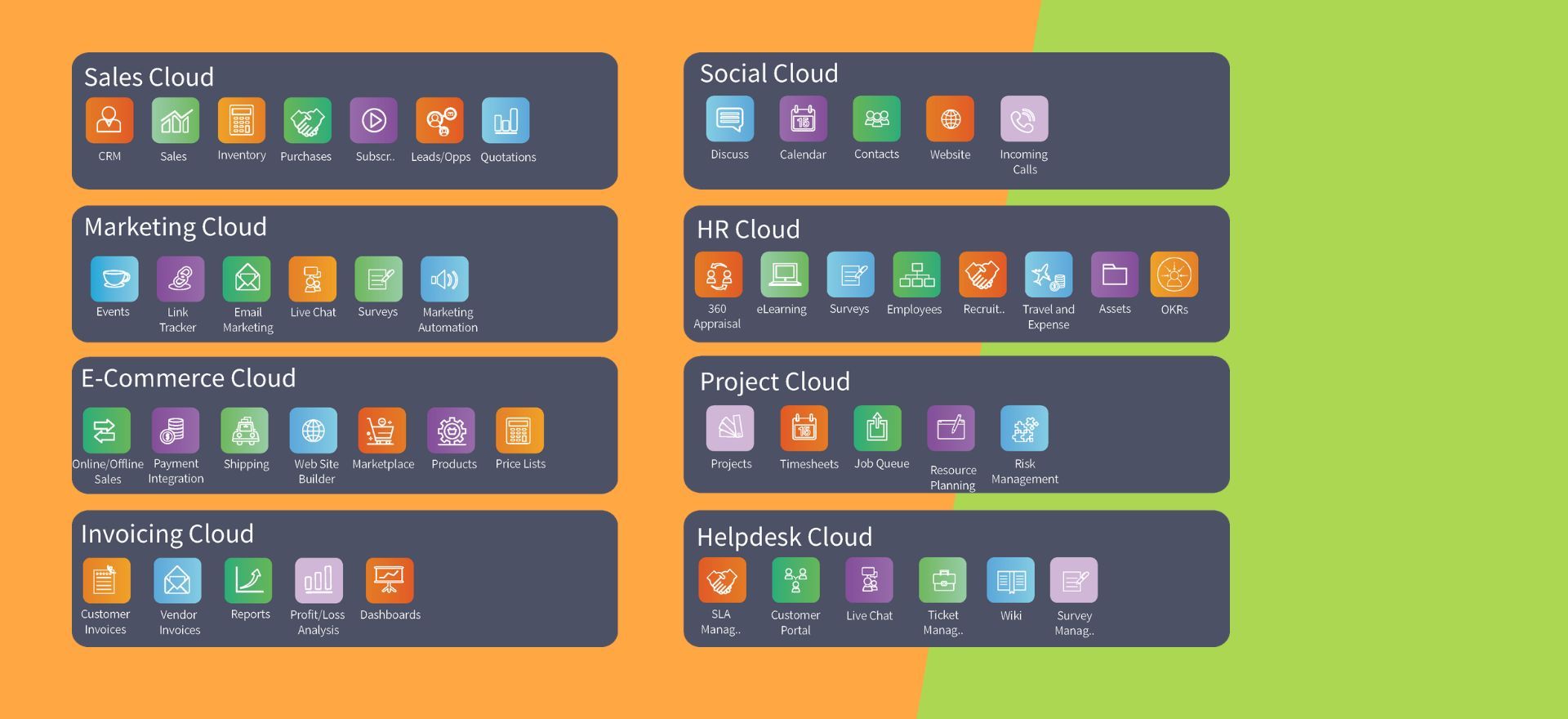Introduction to Low-Code Total Experience Platforms
Low-Code Total Experience Platforms
03 Mai 2024 , Unser Blog
We are constantly seeking solutions to pave the way for future innovation and stability. A low-code total experience platform stands out as a game-changer in this context.
This technology offers a blend of agility,, flexibility, and adaptability, essential for driving successful digital transformation. It's not just about tackling short-term problems but also about crafting a long-term strategy that accommodates continuous change and growth.
By centralizing all processes on a single platform, businesses can effectively prevent the proliferation of shadow IT and scattered data, ensuring a cohesive and secure IT environment.

Why Adopt a Low-Code Platform?
A Gateway to Enhanced Flexibility
Low-code platforms are fundamentally designed to make the development of applications faster and more flexible. By providing pre-built templates and drag-and-drop functionalities, they enable even those with minimal coding knowledge to create and deploy apps quickly. This democratization of development accelerates innovation and allows a broader range of employees to contribute to the digital transformation process.
Scalability for Future Needs
One of the key strengths of a low-code platform is its scalability. As business needs evolve and expand, so too can the applications developed on these platforms. This scalability ensures that the solutions not only meet current demands but are also adaptable for future requirements, which is crucial for long-term digital resilience.
Integration Capabilities
A major advantage of low-code platforms is their ability to integrate with existing systems and data sources. This integration is critical for ensuring that new applications can leverage and augment the existing IT infrastructure without causing disruptions or data silos.
The Strategic Value of Centralizing IT Operations
Driving Long-Term Digital Transformation
Continuous Improvement and Innovation: Adopting a low-code total experience platform facilitates continuous improvement and innovation. It provides the tools necessary for ongoing development and refinement of applications, which can adapt over time to meet changing business conditions and technological advancements.
Planning for the Digital Future: In the context of digital transformation, it's essential not only to solve current problems but also to plan for the future. A low-code platform supports this by providing a flexible, scalable foundation that anticipates future challenges and opportunities.
Preventing the Risks of Scattered Data and Shadow IT
Data Security and Compliance: Centralizing data on a low-code platform enhances security measures and compliance with regulatory requirements. It simplifies the management of data access and helps enforce consistent security policies across all applications.
Unified IT Landscape: A unified IT landscape reduces complexity and operational costs. It ensures that all applications are updated, maintained, and monitored under a single governance framework, which reduces the risks associated with scattered data and applications.
Conclusion: The Future Is Low-Code
Adopting a low-code total experience platform is more than a technological upgrade—it's a strategic choice for future-proofing an organization. It promises enhanced agility, better control of IT resources, and a scalable approach to meeting future challenges.
As businesses continue to navigate the complexities of digital transformation, the role of low-code platforms in facilitating adaptable, innovative, and efficient IT environments becomes increasingly evident.
Frequently Asked Questions
What is a low-code total experience platform?
A low-code total experience platform is a digital environment that simplifies the creation of applications by minimizing the need for traditional coding. It leverages graphical user interfaces and configuration settings to enable users, including those without deep programming skills, to develop applications. This approach dramatically speeds up the development process and opens up application creation to a broader range of people within an organization.
The "total experience" aspect of these platforms refers to their comprehensive approach to handling both customer and employee experiences. Such platforms are designed to integrate and manage various processes and interactions across the entire business, enhancing the overall experience for all users involved. By using a low-code total experience platform, organizations can quickly adapt their applications to meet evolving business needs, provide personalized experiences, and maintain a high level of efficiency in managing both customer interactions and internal operations.
What distinguishes a low-code total experience platform from a low-code development platform?
The primary difference between a low-code total experience platform and a general low-code development platform lies in their scope and focus:
1. Scope of Integration and Experience Focus
Low-Code Total Experience Platform: This type of platform is specifically designed to address and unify the entire experience of both customers and employees within a single solution. It focuses on delivering a seamless, cohesive interaction across all touchpoints in the user's journey, which can include customer service, employee management, and back-end processes. The goal is to enhance every aspect of the organization's interactions and operations to improve overall satisfaction and efficiency.
Low-Code Development Platform: A more general tool that focuses primarily on simplifying the software development process. It allows developers and non-developers to build applications using visual tools and minimal coding. These platforms may not specifically focus on unifying or enhancing user experiences across different roles and interactions within the organization.
2. Purpose and Functionalities
Low-Code Total Experience Platform: Integrates capabilities like user experience management, customer relationship management, and employee experience tools into a single platform. This integration allows for a more holistic approach to managing interactions and workflows, making it easier to deliver a consistent experience across various channels and touchpoints.
Low-Code Development Platform: Provides the tools needed to create a wide variety of applications, from mobile apps to complex business systems, but without the explicit aim of linking these developments to the broader user experience strategies of the organization. The focus is more on the technical ease and speed of development rather than on guiding the overall experience strategies.
3. Target Users
Low-Code Total Experience Platform: Often used by organizations looking to improve the integration between their internal systems and the outward-facing customer systems, thereby enhancing the overall operational efficiency and user satisfaction.
Low-Code Development Platform: Targeted at users who need to quickly develop applications with minimal coding, regardless of their focus on customer or employee experiences. These platforms are versatile and can be used in various contexts, from small business solutions to enterprise-level systems.
In summary, while both platforms utilize low-code principles to simplify software development, a low-code total experience platform goes a step further by integrating and enhancing all aspects of the user experience across the organization, making it particularly valuable for companies focused on comprehensive experience strategies.
What are the key advantages of adopting a low-code total experience platform for businesses?
What are the key advantages of adopting a low-code total experience platform for businesses?
The low-code total experience platforms embody the "all-in-one" concept by providing a comprehensive solution that allows companies to digitize and integrate various aspects of their operations seamlessly. Here are a few key advantages of adopting such a platform:
Unified System: It consolidates multiple functionalities and processes into a single platform, reducing the complexity and overhead associated with managing separate systems. This unification helps create a consistent user experience across different departments and functions.
Customization and Flexibility: Despite its comprehensive nature, a low-code total experience platform offers high levels of customization and flexibility. Organizations can tailor the platform to their specific needs and workflows, adapting the tools and interfaces to better suit their operational requirements and user preferences.
Rapid Development and Deployment: By leveraging low-code tools, companies can quickly develop and deploy applications and services. This speed enables businesses to respond more swiftly to market changes, customer needs, or internal demands.
Accessibility for Non-Technical Users: The platform's low-code environment makes it accessible to non-technical users, allowing more employees to contribute to the application development process. This democratization of development can lead to more innovative ideas and solutions coming from various parts of the organization.
Cost Efficiency: Integrating various functionalities into a single platform can significantly reduce IT costs. It minimizes the need for multiple licenses, reduces training requirements, and cuts down on maintenance expenses by having a unified support structure.
Scalability: As business needs grow and change, the platform can scale accordingly. New functionalities can be added, and existing applications can be modified without significant disruptions or the need for extensive coding.
This all-in-one approach not only optimizes internal operations but also enhances the overall experience for both customers and employees, making it a powerful tool for businesses aiming to thrive in a digital landscape.
